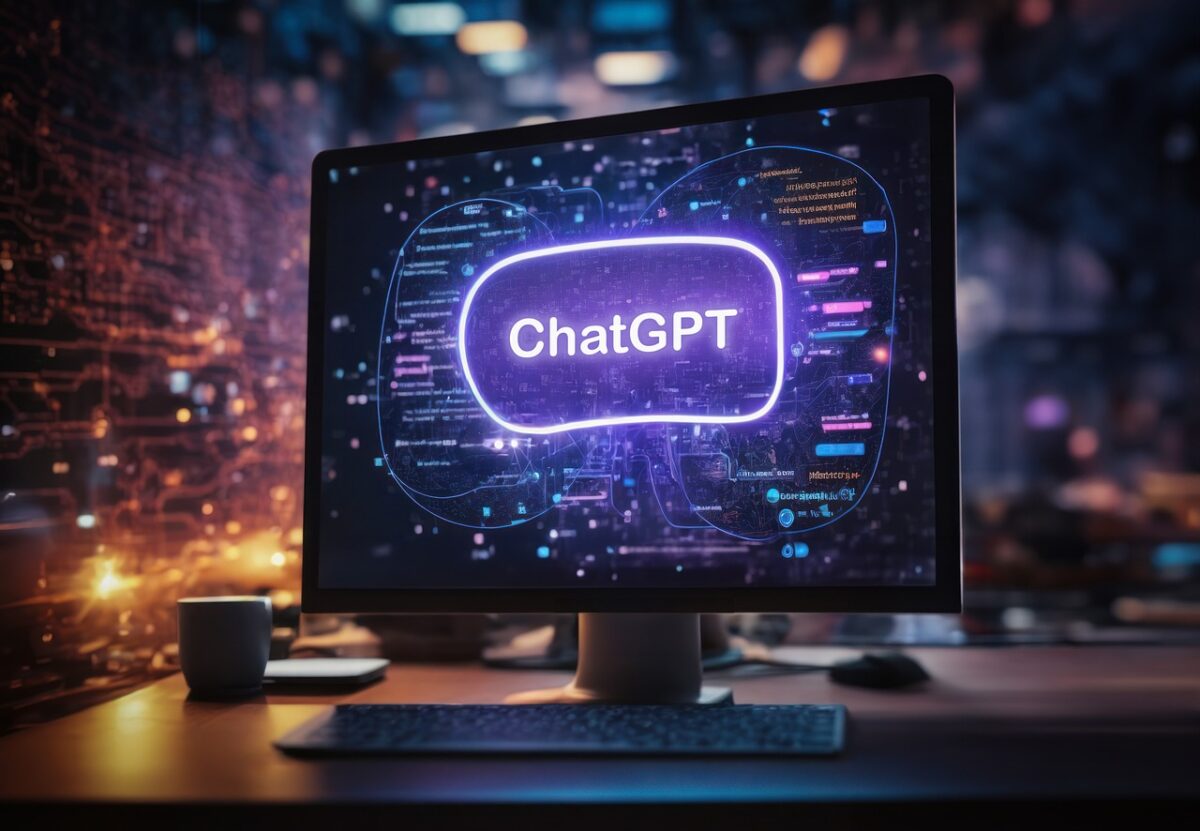Large language models (LLMs) such as GPT-3 and GPT-4 have emerged as powerful tools in the rapidly expanding field of artificial intelligence, capable of producing human-like prose, answering questions, and assisting with a range of tasks. However, these models face a basic challenge: the ability to “hallucinate,” or produce information that seems coherent and compelling but is factually incorrect or entirely created.
Understanding LLM hallucinations
LLM hallucinations occur when AI models provide outputs that look grammatically correct and logical but deviate from factual accuracy. This phenomenon can be attributed to a number of factors, including training data shortages, the model’s inability to access real-time information, and linguistic difficulties.
These hallucinations can have far-reaching implications, especially when LLMs are used in critical areas such as healthcare, finance, or journalism. Misinformation generated by these models may lead to poor decision-making, a loss of faith in AI systems, and perhaps harmful consequences in sensitive areas.
Reducing Hallucinations
Recognising the importance of the situation, researchers and AI practitioners have created a number of strategies to decrease hallucinations in LLMs. These strategies aim to improve model accuracy, base replies on factual information, and overall dependability.
1. Retrieval-Augmented Generation (RAG)
One of the most promising techniques is Retrieval-Augmented Generation (RAG). This approach blends the generative capabilities of LLMs with information retrieval systems. RAG aids in ensuring that responses are based on reliable data by letting the model to access and incorporate critical information from external knowledge bases throughout the generating process.
For example, when asked about recent occurrences, a RAG-enhanced model may gather current knowledge from reputable sources, significantly reducing the likelihood of delivering outdated or incorrect information. This approach is particularly useful for domain-specific applications requiring great accuracy.
2. Fine-Tuning with High-Quality Datasets
Another important strategy is to fine-tune LLMs with carefully selected, high-quality datasets. This process provides the model with accurate, relevant, and domain-specific data, allowing it to build a more nuanced understanding of certain issues.
A model built for medical purposes, for example, might be improved by consulting peer-reviewed medical literature and clinical suggestions. This specialised training enables the model to offer more accurate and contextually relevant replies in its own domain, reducing the possibility of hallucinations.
3. Advanced Prompting Techniques
The method in which questions are posed to LLMs has a significant impact on the quality of their responses. Advanced prompting tactics, such as chain-of-thought prompting, encourage the model to explain its reasoning step by step. This strategy not only improves the model’s problem-solving abilities, but it also makes it easier to spot logical flaws or hallucinations throughout the development process. Other techniques, like as few-shot and zero-shot learning, can help models understand the context and intent of queries, leading to more accurate and relevant responses.
4. Reinforcement Learning from Human Feedback
Human monitoring via reinforcement learning is another successful way to combating hallucinations. In this method, human reviewers evaluate the model’s outputs, providing feedback that helps the AI to learn from its mistakes and improve over time.
This iterative process allows for continuous improvements to the model’s performance, bringing it closer to human expectations and factual accuracy. It is particularly useful for spotting minor errors or contextual misunderstandings that would be difficult to discover with automated approaches alone.
5. Topic Extraction and Automated Alert Systems
Using topic extraction algorithms and automated alert systems can give further protection against hallucinations. These systems examine LLM outputs in real time to detect any content that deviates from agreed norms or contains potentially sensitive or incorrect information.
Setting up these automated inspections enables businesses to detect and cure potential hallucinations before they cause harm. This is especially critical in high-risk applications where the consequences of deception might be severe.
6. Contextual Prompt Engineering
Carefully developed prompts with clear instructions and rich contextual information can assist LLMs in producing more consistent and coherent responses. Contextual prompt engineering can significantly minimise the chance of hallucinations by reducing ambiguity and focussing the model’s attention to relevant query components.
This strategy requires an in-depth understanding of both the model’s capabilities and the specific use case, allowing prompt designers to supply inputs that provide the most accurate and meaningful outcomes.
7. Data Augmentation
Improving the training data with more context or examples that fall inside the model’s context window can provide a stronger foundation for comprehension. This method allows the model to get a better grasp of a variety of topics, leading in more accurate and contextually appropriate responses.
8. Iterative Querying
In some circumstances, an AI agent may manage interactions between the LLM and a knowledge base throughout several rounds. This method comprises refining queries and responses in stages, allowing the model to focus on more accurate answers by using more context and information gathered along the process.
Challenges and Future Directions
While these approaches have shown promise in reducing hallucinations, eliminating them remains a significant challenge. The ability of LLMs to generate new text based on patterns in their training data predisposes them to occasional flights of fancy.
Furthermore, implementing these ideas in real-world applications poses distinct challenges. The field’s ongoing difficulties include reconciling the need for accuracy with computer efficiency, maintaining model performance across several domains, and ensuring ethical use of AI systems.
Looking ahead, scholars are looking at new avenues of AI development that might help tackle the hallucination problem. Advances in causal reasoning, knowledge representation, and model interpretability may contribute to the creation of more reliable and trustworthy artificial intelligence systems.
Takeaway:
As LLMs become more important in many parts of our lives, overcoming the issue of hallucinations is key. Combining tactics like as RAG, fine-tuning, smart prompting, and human involvement may significantly improve the accuracy and trustworthiness of these powerful AI technologies.However, there is no optimum answer. Users of LLMs should always treat their findings with caution, especially in high-risk situations. As we work to refine these models and find new approaches to battle hallucinations, the goal remains clear: to maximise AI’s vast potential while ensuring that its outputs are as accurate, reliable, and helpful as possible.
Contact us at open-innovator@quotients.com to schedule a consultation and explore the transformative potential of this innovative technology.






